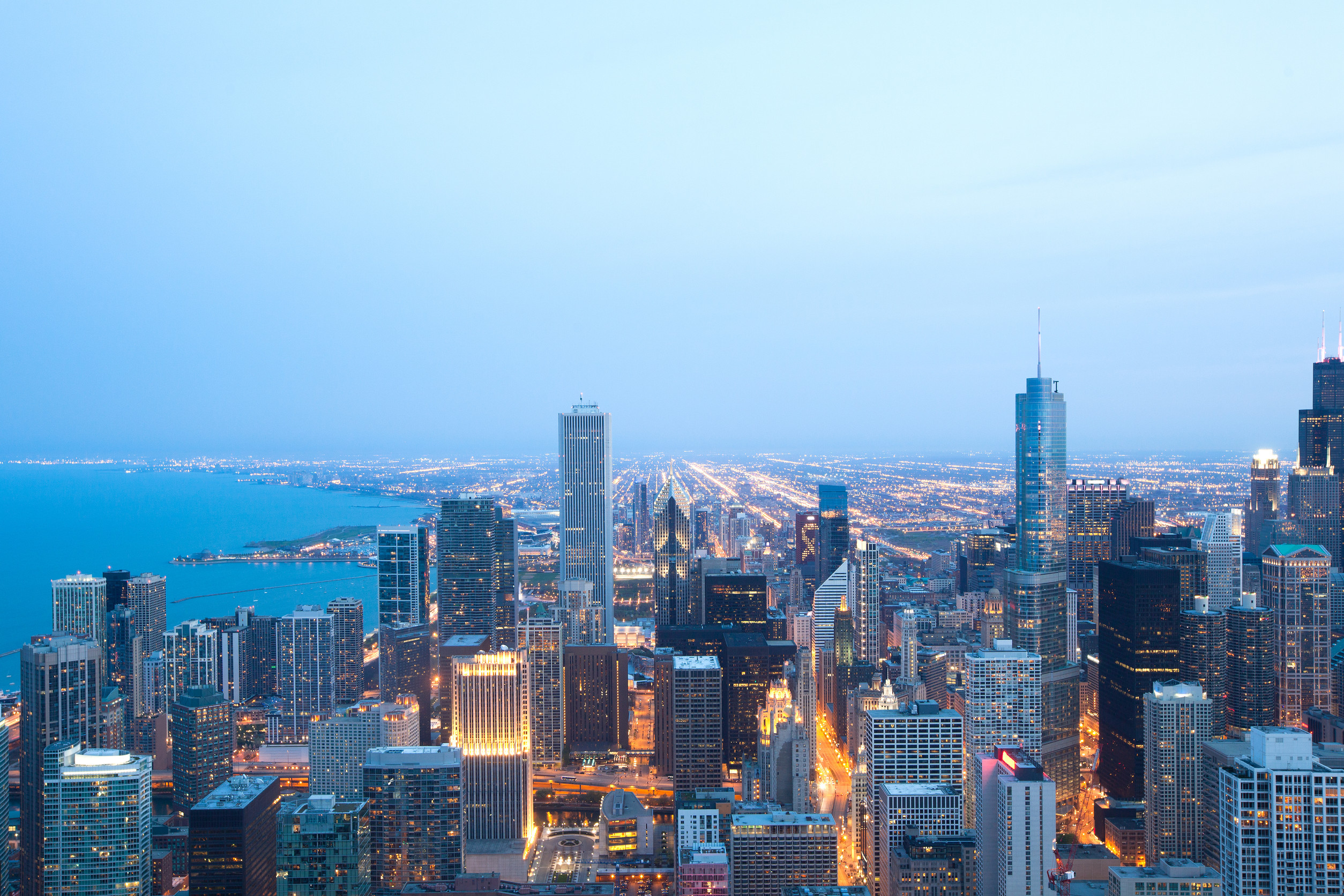The world’s population has exploded and expanded over the past century, but more than half of the earth is still in a natural or semi-natural state. Protecting these untouched areas is critical for mitigating climate change, so the Global Safety Net project has created an interactive map of both places that are already protected and those in need of defense.
The map’s already protected areas include national parks and sanctuaries but defines areas in need of protection using two key categories: climate change prevention and biodiversity. The map took two years to complete and shows critical biodiversity regions, areas that are critical for rare species to survive, and regions that large animals visit seasonally. It also shows potential wildlife corridors like those we discussed in our recent Optimist Daily View. When it comes to mitigating climate change, the map shows areas with the highest carbon sequestration potential.
For countries looking to implement conservation and sustainability policies, there isn’t a lot of data available about where exactly these efforts should be focused. This new graphic quite literally maps out where governments should be focusing their energy to have the most environmental impact.
Some examples of critical areas include the Amazon, where rainforest destruction is fueling carbon emissions and driving animal populations into closer contact with humans and swaths of Eastern Africa which are hotbeds for rare species habitats.
If you’re curious about critical areas in your own country, check out the map here!
Image source: Global Safety Net












